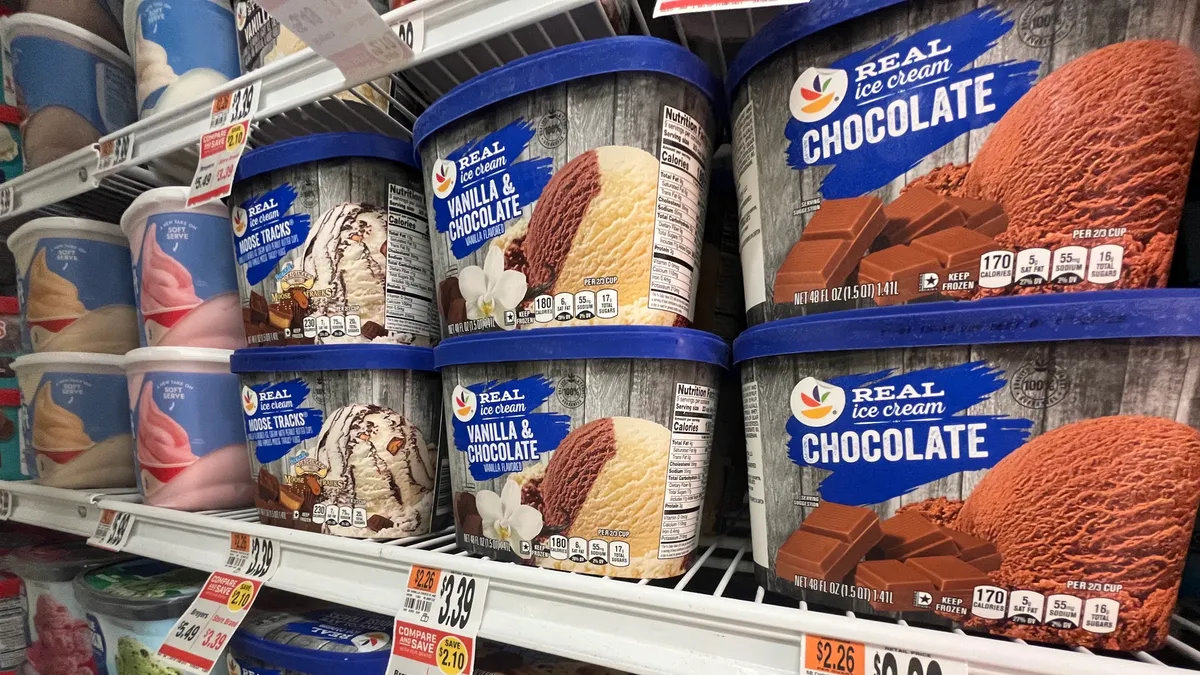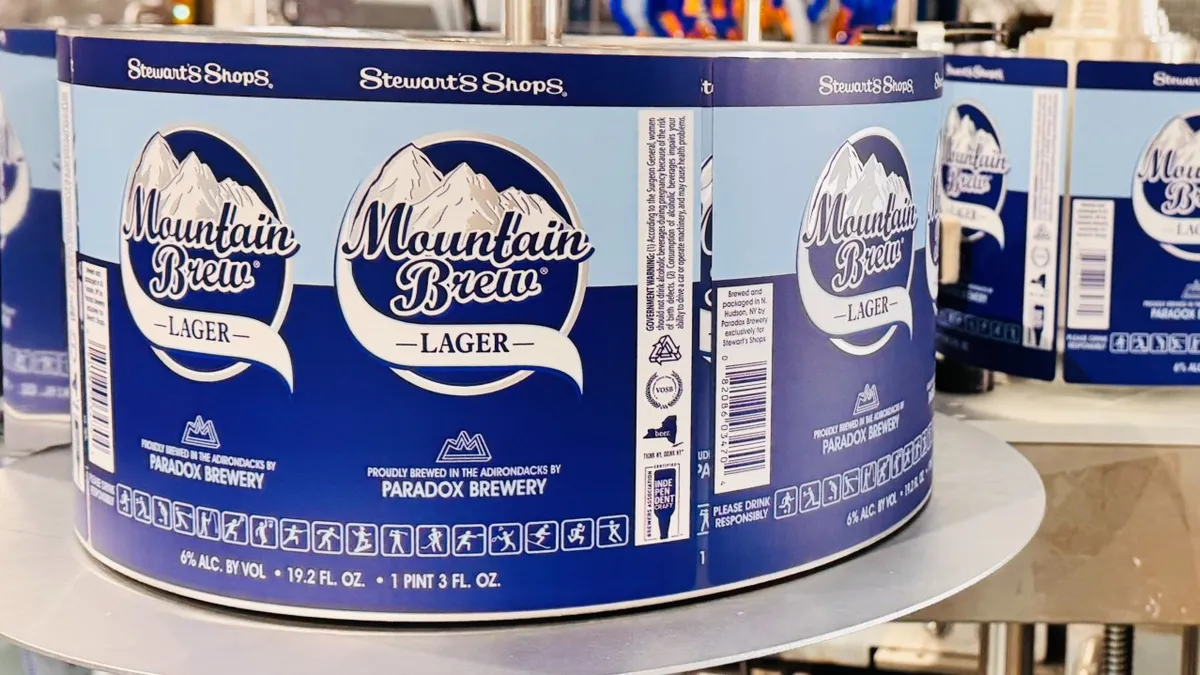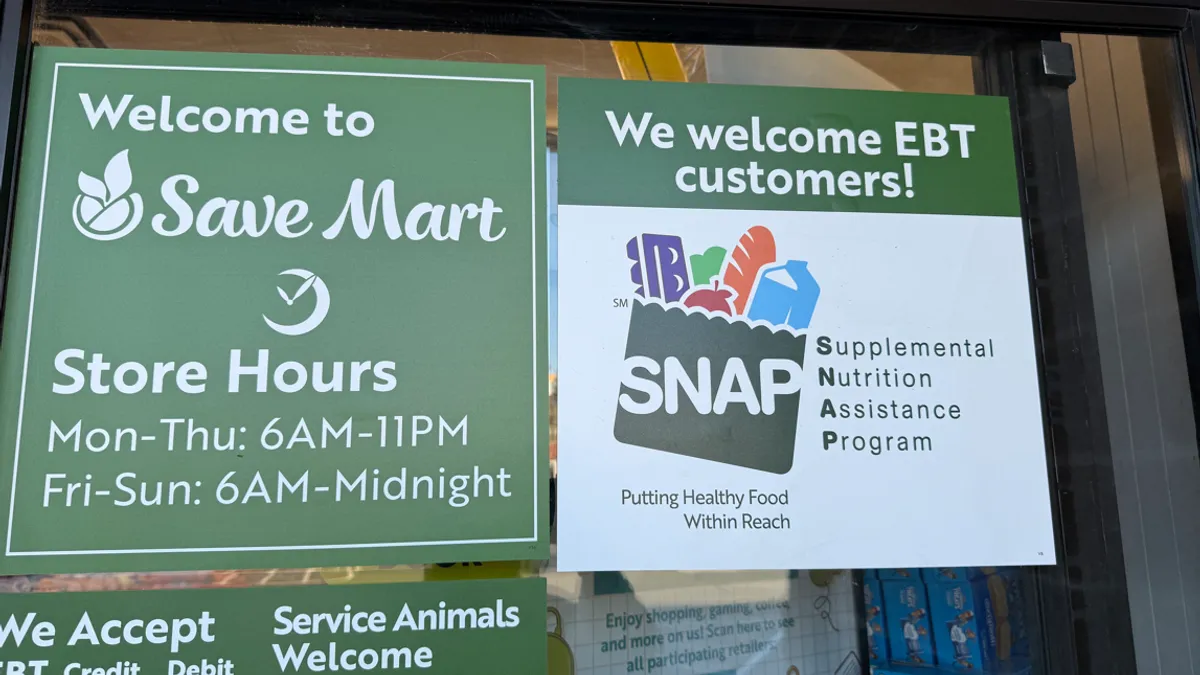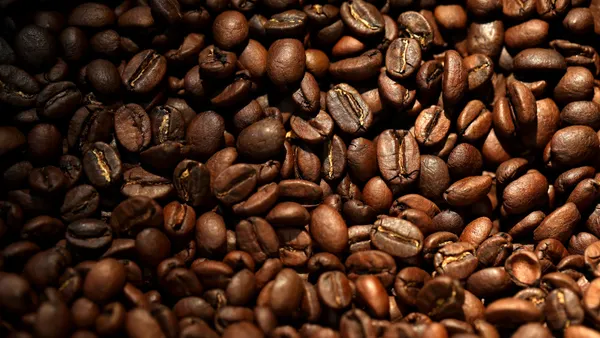Dive Brief:
- Private label lines have shed their image of being a way for shoppers to trade down, but there is still more that grocers can do to highlight the value proposition of their store brands, according to FMI — The Food Industry Association’s The Power of Private Brands 2025 report.
- Consumers’ loyalty to private brands has increased, and grocers can capitalize on this by offering additional value-centered incentives to purchase private label products.
- Aside from establishing shopper loyalty, putting more emphasis on private brand offerings can also help grocers compete against club retailers, which achieved the highest private brand growth during the 52-week period that ended in late March.
Dive Insight:
Ninety-five percent of grocery shoppers purchase store brand items at least occasionally — “on par with the buying patterns for manufacturer brands,” FMI found, adding that surveyed shoppers stated that “good value” and being “less expensive” are what’s prompting them to purchase private label products.
Loyalty towards private brands is continuing to rise, with FMI reporting that, even if grocery prices fall, close to half of consumers (48%) are very likely to still opt for store brand goods.
But even though private label loyalty is locked in, shoppers are still craving more from grocers when it comes to selling their store brand offerings.
FMI’s survey results showed that shoppers are looking for “even more price and value opportunities,” such as buy-one-get-one offerings, end cap specials, coupons and on-sale bulk items.
The findings from FMI and Circana indicate that grocers have plenty of room to play in when finding ways to better advertise their private label products to consumers.
Second only to recommendations from family and friends (35%), coupons and promotions are what most influence shoppers’ brand choices (32%), followed by in-store shelf signage (25%), grocery store website/app (25%) and grocery loyalty programs (24%), according to the report.
Despite the leverage private label offerings continue to give grocers as they face price-sensitive consumers and tariff uncertainty, club and mass channels remain a threat.
Club and mass retailers led in terms of the share of food and beverage private brand spending they attracted, according to data from Circana that FMI cited. In addition, club retailers saw a 1.5 percentage point year-over-year dollar share gain in private brand growth, the highest of any food retailer channel, while grocery recorded an increase in dollar share of less than 1 percentage point.












